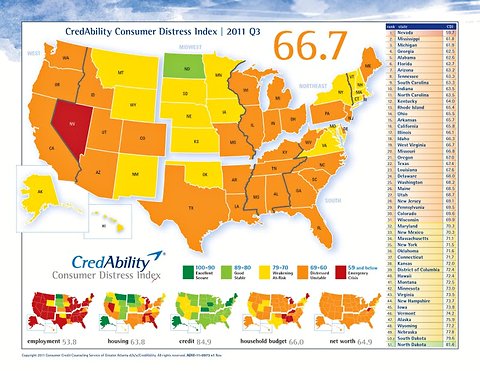Net income climbed 21 percent, to $1.26 billion, or $1.17 a share, compared with $1.04 billion, or 94 cents a share, a year earlier.
Earnings were 13 cents higher than the average estimate of 20 analysts surveyed by Bloomberg. UnitedHealth reiterated a 2012 forecast for a profit of $4.55 to $4.75 a share.
Profit for UnitedHealth, which is based in Minnetonka, Minn., has exceeded the average estimate of analysts for 12 consecutive quarters, according to data compiled by Bloomberg. UnitedHealth, in the first full year after President Obama signed the health care overhaul into law, continued to save money on medical costs and enroll more people for care.
“United demonstrated excellence in growth and operating costs control,” said Sheryl Skolnick, an analyst with the CRT Capital Group in Stamford, Conn.
Fourth-quarter revenue rose 7.9 percent, to $25.9 billion, as the company added 175,000 members, UnitedHealth said. The higher membership was driven by increases in enrollment for Medicaid and Medicare, and growth in commercial membership, the company has said.
“They’re setting themselves up with a strong membership base for 2012,” Ms. Skolnick said. “To show any growth at all in either of those commercial business lines in the fourth quarter is impressive.”
UnitedHealth is expanding services including mobile technology and consulting. Last November, the company bought the XL Health Corporation, a provider of managed care for chronically ill Medicare members, to gain customers as insurers face heavier regulation.
Shares of UnitedHealth fell $1.62, or 3 percent, to $52.32.
Article source: http://feeds.nytimes.com/click.phdo?i=ffacbdb714711e1b62ec56ddc1c83e9c
